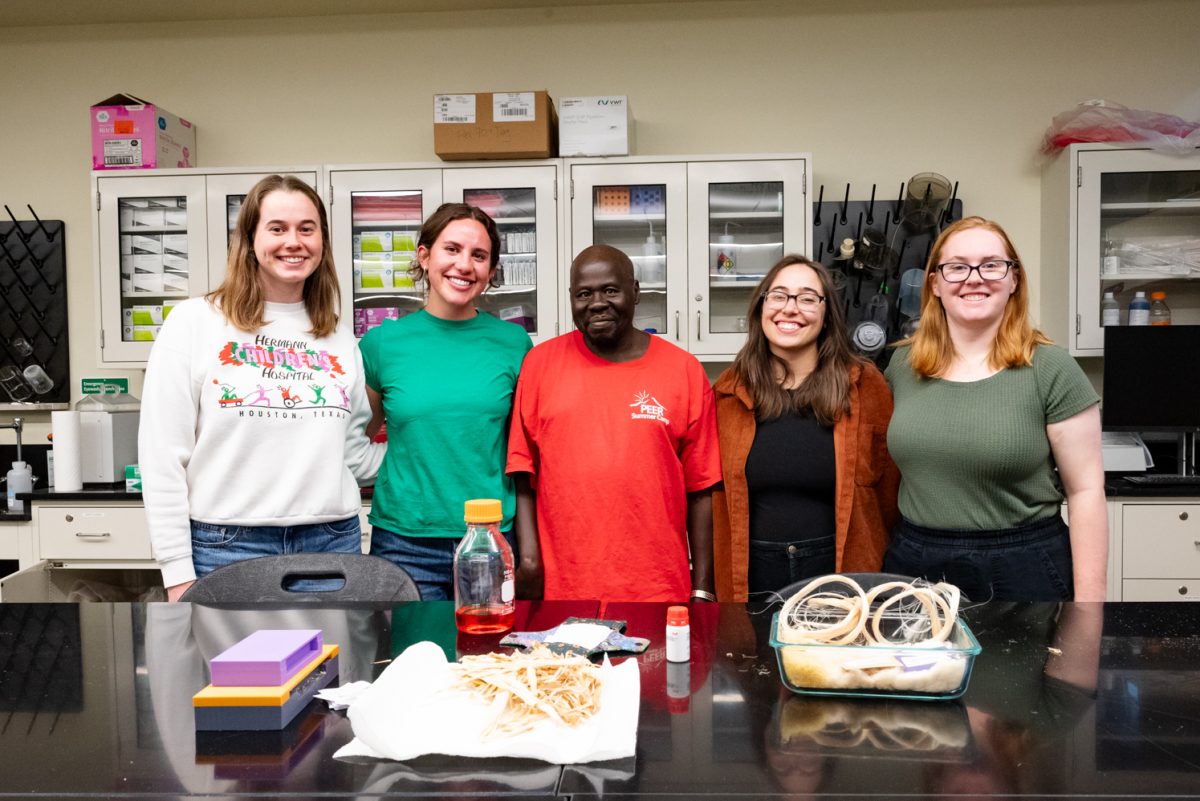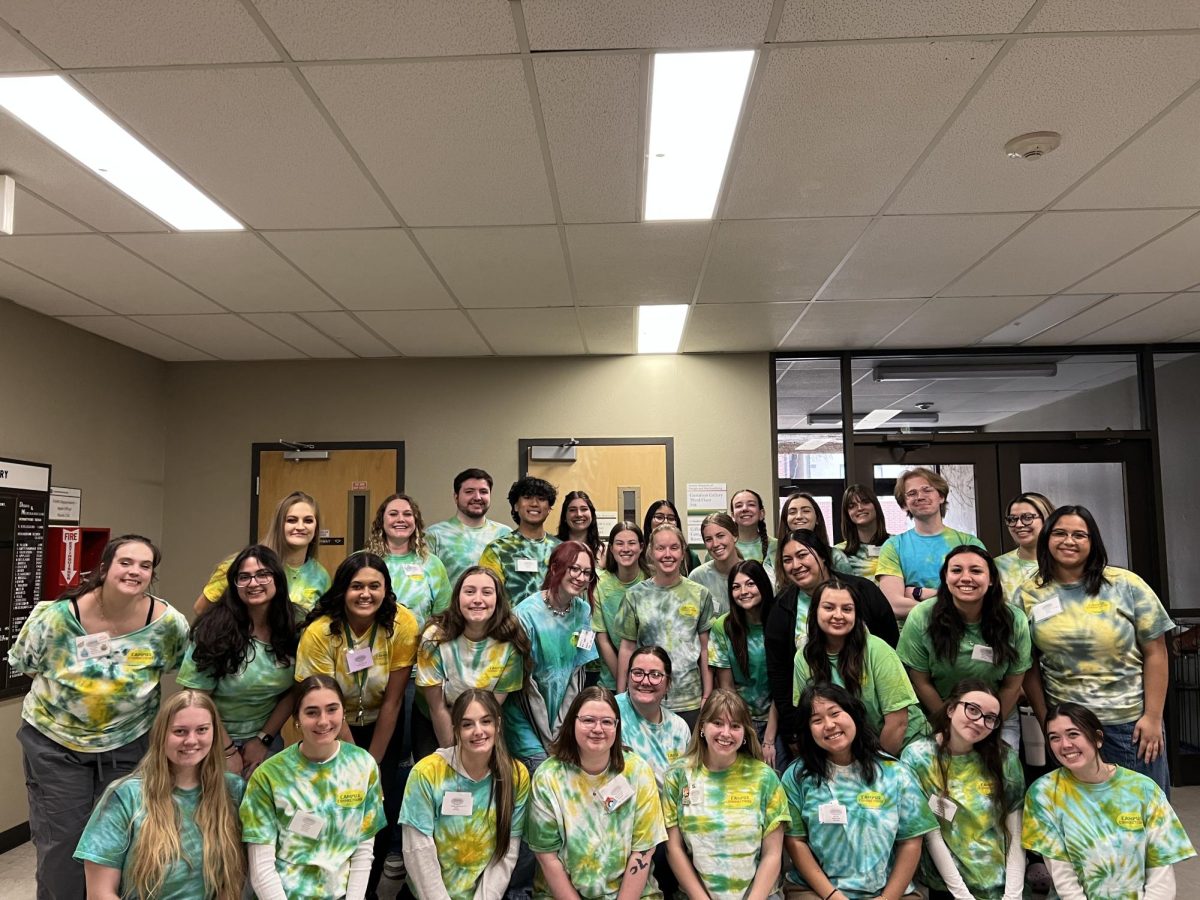Scientists and journalists lined the walls and filled every seat of the Lory Student Center’s Grey Rock room as a panel of professional journalists discussed the dos and don’ts of story pitches.

The event, “Thinking Story Like a Journalist”, was hosted by the School of Global Environmental Sustainability and COMPASS— an organization dedicated to helping scientists share their research and knowledge.
Taking place on Sept. 18, the event drew in students, scholars, researchers and other interested members of the community.
COMPASS’ director of science and outreach Nancy Baron moderated the event for the evening, asking questions and guiding discussions for the five present journalists on the panel.
The panel included Deputy News Editor David Malakoff, independent journalist Hillary Rosner and TV news investigative reporter Jeff Burnside. Environmental reporter for Colorado Public Radio Grace Hood and Associate Editor for Science Magazine Katie Langin were also present.
I think it’s really important for folks in the sciences to be able to explain what they do.”
David Malakoff, Deputy News Editor
Baron began by asking the panelists why they decided to attend the event. Malakoff answered first.
“I’m here because I think it’s really important for folks in the sciences to be able to explain what they do. And I get great stories out of it,” he said.
The rest of the panelists echoed the sentiment, adding other details such as considering events like this to be fun.
The evening focused on what journalists consider to be a good story for their given forum— ranging from radio to TV to print. They took turns giving tips on how the scientists in the room can pitch their ideas in order to best share their work.
Rosner explained that there are many pitfalls one can encounter while pitching a story.
“One pitfall is pitching a topic rather than a story,” she said. “Another pitfall is not realizing that the publication has already done a story on this topic… One more is not writing a well-written pitch.”
Another pitfall included a lack of a research angle, according to Malakoff. The panelists explained these pitfalls— along with their expectations— so that, later, scientists and researchers in the room would have the best chance of pitching.
Five researchers from the audience pitched their ideas for stories. The presentations ranged from river ecosystems to bugs found in the water. The most time was spent on a pitch about current ongoing research on how people are reacting to the weather.
The journalists also had the chance to answer questions from the audience, many of which focused on the areas in which journalism and science grow tense.
“Conflict is sort of at the heart,” Rosner said, in response to a question concerning the panelists’ calls for conflict in stories. “We want some kind of struggle and we want to go along with the protagonist as they face some kind of challenge. The journey is a traditional narrative.”
According to Laura Shaver, the event and administrative coordinator for SoGES, workshops like this occur every second and third week of September.
“What’s interesting about this panel is the opportunity for the scientists in the audience to engage with the journalists as they have a chance to pitch a story and then have it critiqued by the panel,” Shaver said.
This particular session worked as the opening night of the workshop. The next two days will be focused on training with the journalists.
According to Baron, the theme will be “putting the I back in science”, a focus on showing the interest and passion found within the research.
Charlotte Lang can be reached at news@collegian.com or on Twitter @ChartrickWrites.










